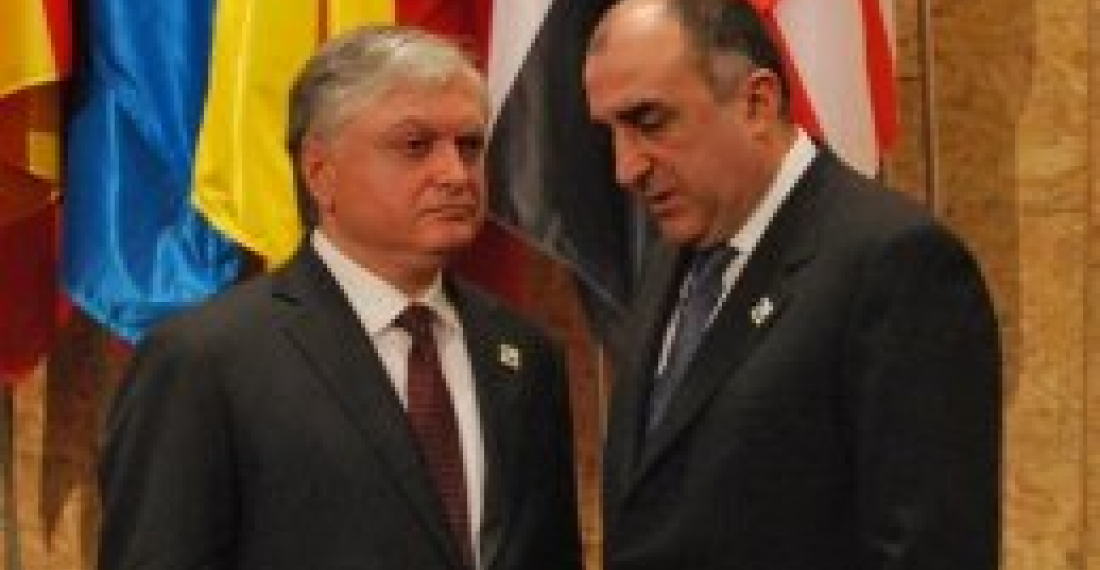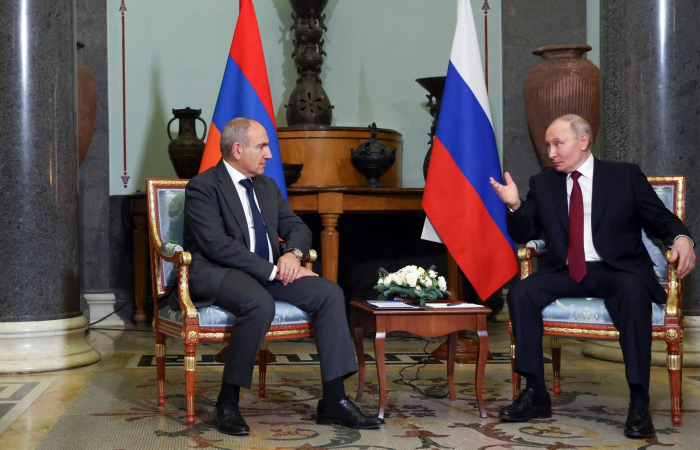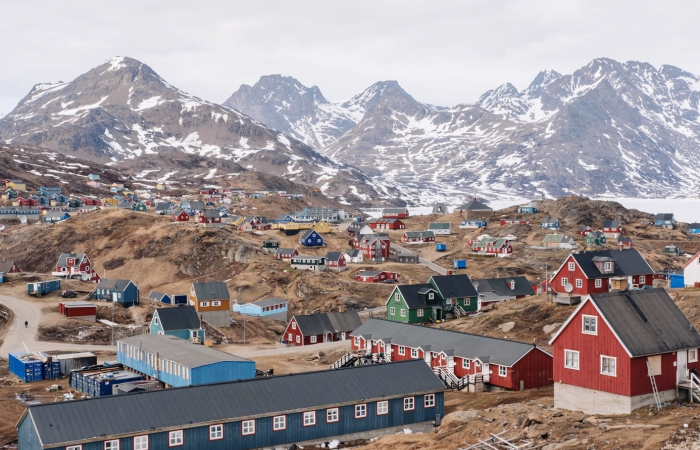Armenian and Azerbaijani societies continue to prepare for war despite the prospect of a presidential summit in the autumn. The best-case scenario is a continuation of low intensity conflict along the line of contact says Dr Benyamin Poghosyan in this commentary.
On July 11, 2017, the Armenian and Azerbaijani foreign ministers met in Brussels for another round of negotiations on the settlement of the Karabakh conflict. The OSCE Minsk Group Co-chairmen and the Personal Representative of the OSCE Chairperson-in-Office, Ambassador Andrzej Kasprzyk, also participated in the meeting. According to the available information no breakthrough has been reached.
In their July 12 statement, the OSCE Co-chairmen mentioned that during the meeting the Ministers agreed to pass to their Presidents their proposal for a high-level meeting later this year, and to meet again in New York in September on the margins of the 72nd Session of the United Nations General Assembly.
Armenian Minister of Foreign Affairs Edward Nalbandian reiterated the importance of implementation of the Vienna and St. Petersburg Summit agreements, especially regarding the creation of mechanism for investigation of the ceasefire violations. In his speech during the informal Ministerial Meeting of the OSCE, Nalbandian emphasized that Azerbaijani backtrack from the Vienna and St. Petersburg agreements questions its credibility for being a party to negotiations.
The Armenian President during his TV interview a few days after the meeting mentioned that next high-level Armenia - Azerbaijani summit may take place in autumn 2017, but added that has no expectations from this meeting as no serious preparations have been done.
As for Azerbaijan, the President Ilham Aliyev in his speech during the Azerbaijani Government meeting of July 12 emphasized that since April 2016 Armenia has put forward preconditions for resuming the substantive negotiations. The Azerbaijani President reiterated that this approach was absolutely unacceptable for Azerbaijan, and that Armenia was forced to retreat from this position and negotiations were re - launched as a result of the July 11 Ministerial meeting. Ilham Aliyev once again stated that any solution to the Karabakh conflict can only be reached within the territorial integrity of Azerbaijan.
In his July 17 interview to Russian Ria Novosti news agency the Azerbaijani Minister of Foreign Affair once again emphasized the necessity of substantive negotiations and the change of status quo.
After April 2016 escalation on the line of contact, the negotiation process, which had not been active since the failed Kazan June 2011 summit, has been stalled. Armenia firmly believes that negotiations have no sense without the creation of a mechanism for investigation of the ceasefire violations, since Azerbaijan attempts to use the possibility of launching new military operations as leverage for putting additional pressure on Armenia.
The vague reaction to the April 2016 events by the three Co-chair States, especially by Russia, which has always been perceived in Armenia as a strategic ally, and main guarantor of the country's security, increased the sense of vulnerability in Armenia. Given the low effectiveness of international/bilateral security guarantees, a majority of Armenian society firmly believes that the only viable tool to provide the necessary level of security is a modern and strong army. The Ukraine crisis, with de facto denunciation of international guarantees given to Ukraine by in the 1994 Budapest memorandum, adds to the skepticism towards any possible conflict solution based on international guarantees, even if backed by the deployment of peacekeeping forces, in return for the withdrawal from at least some parts of the security zone around Nagorno Karabakh.
This widespread perception within Armenian society makes it less likely that a compromise-based solution is welcomed, and hardens the approach to the possible ways of conflict resolution. The April 2016 escalation also reinvigorated the debate within Armenian society on the urgent necessity to launch reforms and modernise the state, as only a modern and well-functioning state is capable to deter potential threats.
The coincidence of military escalation in 2016 with a deteriorating economic situation in Azerbaijan, is understood in Armenia as a readiness of the Azerbaijani authorities to use the conflict as an effective tool in diverting society's attention from domestic problems and unite it around the ruling elite for the defense of the motherland. Taking into account the absence of any major improvements in the Azerbaijani economy, new military escalation, is perceived from the Armenian point of view as quite possible. Azerbaijan's refusal to launch ceasefire violation investigative mechanisms is also perceived in Armenia as another proof of Azerbaijan's intention to launch another large-scale attack.
From Azerbaijani point of view, any ceasefire violations investigative mechanisms put along the current line of contact will only foster the status quo, and will be another step in the transformation of the line of contact into a de facto border. Azerbaijan seems ready to discuss the launch of such mechanisms only within the context of a changed status quo, which means the withdrawal of Armenian forces from at least part of the security zone around Nagorno Karabakh and deployment of such mechanisms along the new line of contact. Meanwhile, according to the Azerbaijani side, the relative success of the Azerbaijani Armed Forces during the fighting in April 2016, has destroyed the myth of an invincible Armenian Army. Part of Azerbaijani society believes that the Azerbaijani Army during 4 days of April achieved more than Azerbaijani diplomacy did during the previous 22 years of negotiations. These perceptions do not bode well for a compromise-based solution, since for many Azerbaijanis a military solution is becoming a viable and effective way to solve the conflict.
In the current circumstances there is a little hope that in the short term negotiations will succeed. The two societies continue to prepare for war. The 2018 Presidential elections in Azerbaijan, and the finalisation of Armenia's transformation into a parliamentarian republic in April of the same year, with looming change in the leadership, creates additional obstacles for any step forward in negotiations. The best-case scenario will be the continuation of low intensity conflict along the line of contact and the Azerbaijan - Armenia border, with no large scale escalation till the end of 2017.
This commentary was prepared for commonspace.eu by Dr Benyamin Poghosyan, Executive Director of the Political Science Association of Armenia
photo: Foreign Minister nalbandian of Armenia and Foreign Minister mammadyarov of Azerbaijan (archive meeting)






